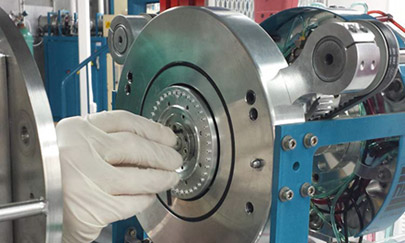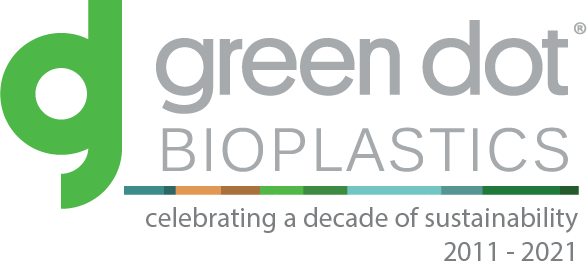Need Bio Content Proof in Packaging Materials?
Get a Carbon-14 Test.
Carbon-14 testing, widely known to be a method for estimating the age of carbon-based materials, can be an ally in the green movement. With “eco-friendly” becoming the buzzword for a sustainable world, there is a widespread push in the use of biobased products, including their packaging. And a radiocarbon test report will show the portion of a material that is biobased-derived.

Accelerator Mass Spectrometry (AMS) is used to carbon date materials.
Samples that have been radiocarbon dated since the inception of the method include wood, leather, soil, pottery, fabrics, paper or parchment, resins, and water, among others. When a packaging is made of bioplastics, plastic materials produced from biomass sources, carbon-14 testing can become useful. A radiocarbon test report will show the percentage of a submitted sample that is composed of biobased material.
At Beta Analytic, a Miami-based radiocarbon laboratory, samples are analyzed using an accelerator mass spectrometer to count the amount of carbon-14 present. A sample that is 0% biobased is completely petrochemical-derived, while 100% biobased indicates it is fully composed of biomass-based sources. A result anywhere between 0% and 100% biobased means the sample is a mixture of fossil fuel and renewable sources. The analysis is performed in accordance with internationally developed standards such as ASTM D6866 and ISO 16620-2.
Global bioplastics production capacity is estimated to increase from 2.11 million tons in 2020 to 2.87 million tons in 2025. Packaging represents the largest market segment for bioplastics with close to a million tons of the total bioplastics market in 2020.1
Why do companies need to prove that the materials they use are biobased? Because consumers are now savvier and will not easily buy into greenwashing. A term first coined in the 1980’s, greenwashing is a marketing ploy to make an organization’s actions or products seem more environmentally friendly than they really are. It is still very much prevalent, as noted by a study by TerraChoice Environmental Marketing, as companies want to ride on consumers’ preference for greener products and services.2
Various programs are in place to curtail greenwashing. In the United States, the Federal Trade Commission (FTC) has directed that an environmental marketing claim should make clear whether the benefit being asserted refers to the product, the product’s packaging, a service, or to a portion or component of the product, package or service.3

Labels: USDA Certified Biobased Product and TUV Austria OK biobased
The US Department of Agriculture (USDA) has a voluntary labeling initiative for biobased products, where companies can affix a USDA label on their materials if they meet the BioPreferred program’s requirements.4 The OK Biobased Labeling Program, offered by TÜV Austria and founded by Vinçotte, provides companies an independent assessment of their products’ renewability. It uses a star system to indicate a product’s biobased content – the more stars, the higher the biobased content.5
Both the USDA BioPreferred program and the OK Biobased Labeling program require samples to go through radiocarbon testing to get certified. Labels like these are verification tools for consumers, guiding them in making buying decisions. The biobased content of Green Dot’s materials, can be located on the data sheets found on our Materials page.
Sources:
- European Bioplastics (December 2020) Bioplastics Market Development Update (https://docs.european-bioplastics.org/conference/Report_Bioplastics_Market_Data_2020_short_version.pdf)
- Dahl, Richard (1 June 2010). “Green Washing: Do You Know What You’re Buying.” (https://www.ncbi.nlm.nih.gov/pmc/articles/PMC2898878/)
- FTC The Green Guides. Part 260 – Guides for the Use of Environmental Marketing Claims. (https://web.archive.org/web/20081117145015/http://www.ftc.gov/bcp/grnrule/guides980427.htm)
- USDA BioPreferred Program. (https://www.biopreferred.gov/)
- TUV Austria OK Biobased Labelling Program (https://www.tuv-at.be/green-marks/certifications/ok-biobased/).



